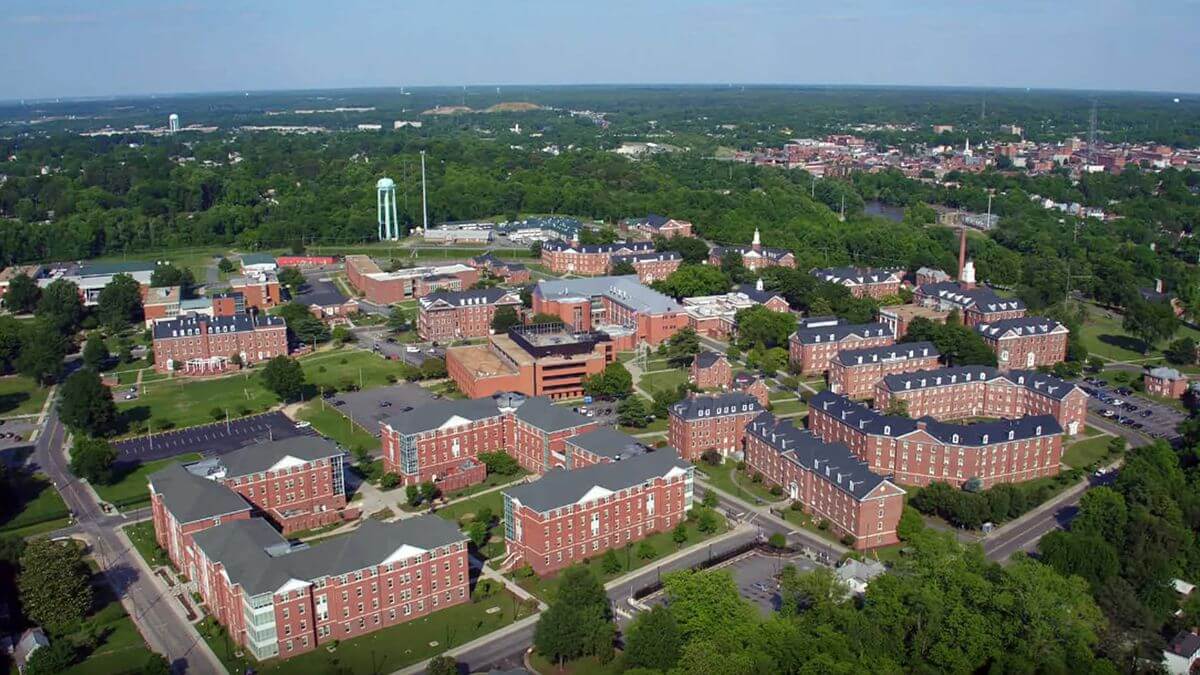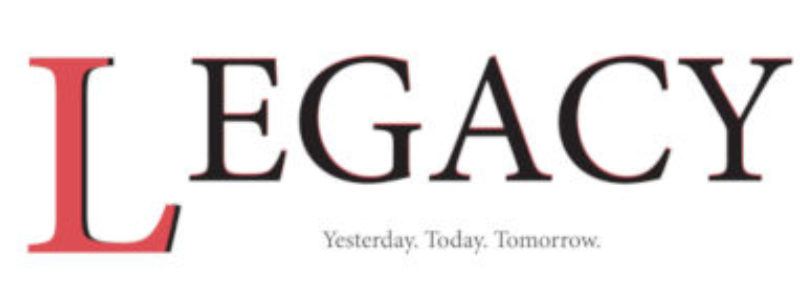By Nathaniel Cline
(VM) – As enrollment drops at many Virginia higher education institutions, the state’s two public historically Black colleges and universities offer a bright spot, with steady student increases.
However, a historical lack of funding for HBCUs and financial resources for their students is causing concern among policymakers and graduates.
“The idea is not to reduce funding and appropriation from other schools. We need that, but I’m talking about the fair share that the law said that was delayed some 90 years [ago],” said Judge Roger Gregory, a graduate of HBCU Virginia State University, at a Sept. 28 symposium at Virginia Commonwealth University about addressing the funding shortage.
Between 2009 and 2022, data from the State Council of Higher Education for Virginia, the coordinating body for colleges and universities in the commonwealth, found HBCUs Norfolk State and Virginia State were among the top five four-year public institutions with the most significant enrollment growth, with at least 5.5% increases in their student populations. (The others were the University of Virginia, Virginia Tech and William & Mary.) Between 2018 and 2022, the private HBCU Hampton University recorded the highest enrollment growth in Virginia, at 72.8%.
The most recent data from SCHEV shows that in 2020-21, Norfolk State and Virginia State both received the highest amount of state funding on a per in-state student basis.
However, researchers have documented major historical shortfalls in funding for HBCUs. Federal officials this September estimated Virginia State had been underfunded by more than $277 million between 1987 and 2020.
In 2022, following a General Assembly-mandated study, SCHEV found the state’s higher education funding model is no longer useful and there are “substantial differences” between Virginia’s institutions.
“Virginia is home to both well-funded public institutions and institutions that operate much closer to the margins,” SCHEV wrote. “This shows up in many ways important to state goals, especially in terms of the students each institution tends to serve.”
For example, the agency said the proportion of Pell Grant recipients in the undergraduate student body ranged from 68% at Virginia State to just 15% at the University of Virginia in 2020-21. Additionally, it noted that 97% of students at Norfolk State were non-white compared to 24% at Christopher Newport.
Wayne Frederick, former president of Howard University, said during the Sept. 28 symposium that the most beneficial way the state could compensate HBCUs is by providing undesignated funds, or funds not required to be spent on a particular program. He pointed as an example to author and philanthropist MacKenzie Scott’s $40 million gift to Howard in 2020.
“No gift or money granted to any institution of this kind should be designated,” said Frederick. “When you give designated funds to do this or that, you really hamstring an organization from doing what it is they need to do, and I think that type of giving hopefully will become the mainstream type of giving.”
Virginia Attorney General Jason Miyares also praised the undesignated fund approach.
“I think that is a great message for people in state government to, where possible, trust those on our campuses, our HBCUs, to know where to best spend it,” Miyares said.
Institutional funding isn’t the only tool the state has to assist HBCUs, symposium participants noted. Several including Miyares said tuition assistance grants could help reduce debt for students attending an HBCU.
In February 2022, Miyares wrote an opinion stating that the General Assembly is authorized to appropriate funds for the benefit of students at any private HBCU and has “nearly unfettered” authority to provide financial assistance to public HBCUs.
“Graduating with an enormous amount of debt, it limits your opportunities,” Miyares said at the September symposium.
Nakeina Douglas-Glenn, a professor and researcher for the L. Douglas Wilder School of Government and Public Affairs at VCU, said student debt assistance can help HBCU students “come to school with a different mindset.”
A long history of disparities
Nationally, the U.S. has struggled to close the support and funding gaps between HBCUs and other higher education institutions.
On Sept. 18, the U.S. departments of Education and Agriculture sent letters to 16 states including Virginia asking them to address underfunding for HBCU land-grant institutions such as Virginia State University.
“The underfunding of our institution is really more of an underfunding of opportunities, and we would like to provide those opportunities,” said Makola Abdullah, president of Virginia State University at the VCU symposium.
In 1862, the Morrill Land-Grant Act allowed states to establish public agricultural, mechanical and engineering colleges using proceeds from the development or sale of federal lands, many of which had been seized from native communities. Virginia Tech was one such institution.
However, some colleges barred Black Americans from enrolling, leading to the Second Morrill Act of 1890. That law required states to establish separate land-grant institutions for Black students or demonstrate that admission to an 1862 land-grant school was not restricted by race.
Virginia State University became the state’s second land-grant institution as a result of the act of 1890. However, it never received the level of funding Virginia Tech did: The September letter from the federal government found VSU was owed more than $277 million.
Susan Gooden, the Wilder School’s dean and a professor, pointed to slavery as one cause of the absence of financial support for HBCUs.
“Under the laws of slavery, you could do anything to an enslaved person but one thing, and that was to educate them,” said Gooden. “And the fear of educating African-Americans in this country is still at the heart of why there is an absence of funding at HBCUs.”
Miyares said while the average state funding for an in-state student at Virginia State was $12,400 a decade ago, it has since risen to $31,900.
“That’s an extraordinary increase, but it doesn’t make up for the decades and decades of inequities and improper funding imbalances,” Miyares said.
“We want to bring in the best and brightest from around the country to come to Virginia, and we want our best and brightest to stay,” he continued. “HBCUs can be and should be, when we look at education, one of the great economic drivers of the commonwealth.”
Gooden announced Thursday that VCU will partner with Virginia Union and Howard universities to offer graduating students scholarships to attend the Wilder School at VCU.
Wilder said Virginia leaders face a choice to support HBCUs today.
“I’m being somewhat critical, but hopefully gently critical of those who are in positions now to do something,” Wilder said. “Don’t talk about it. Do it.”
Enrollment is growing at Virginia HBCUs. But they face historic underfunding



